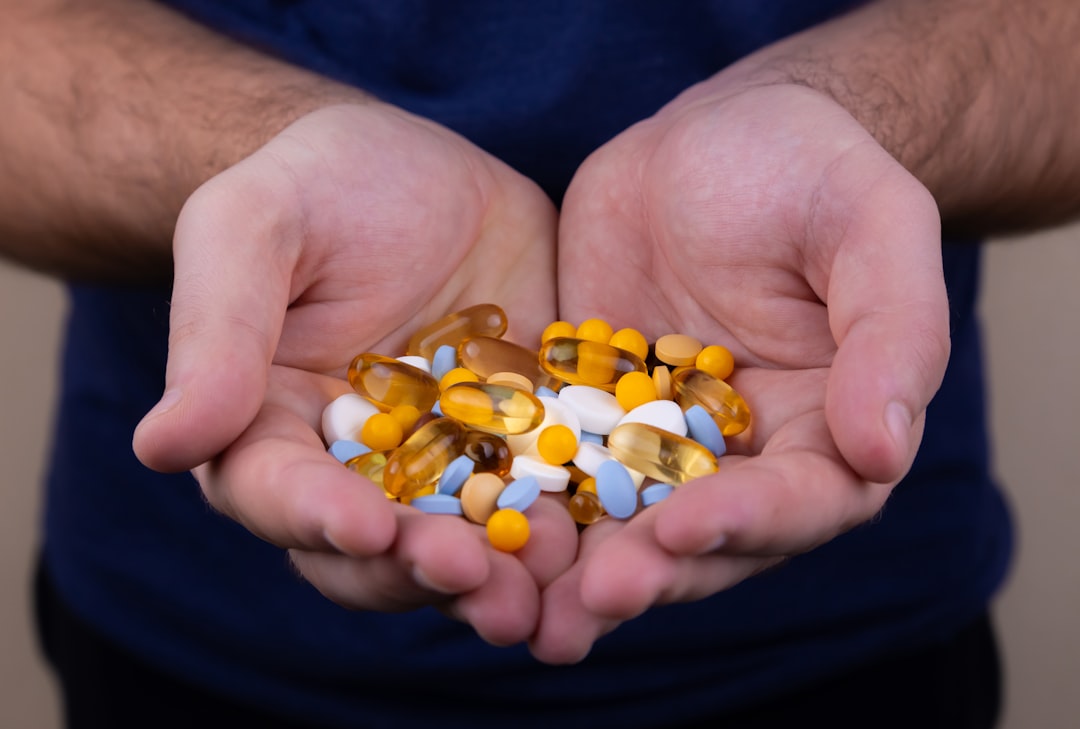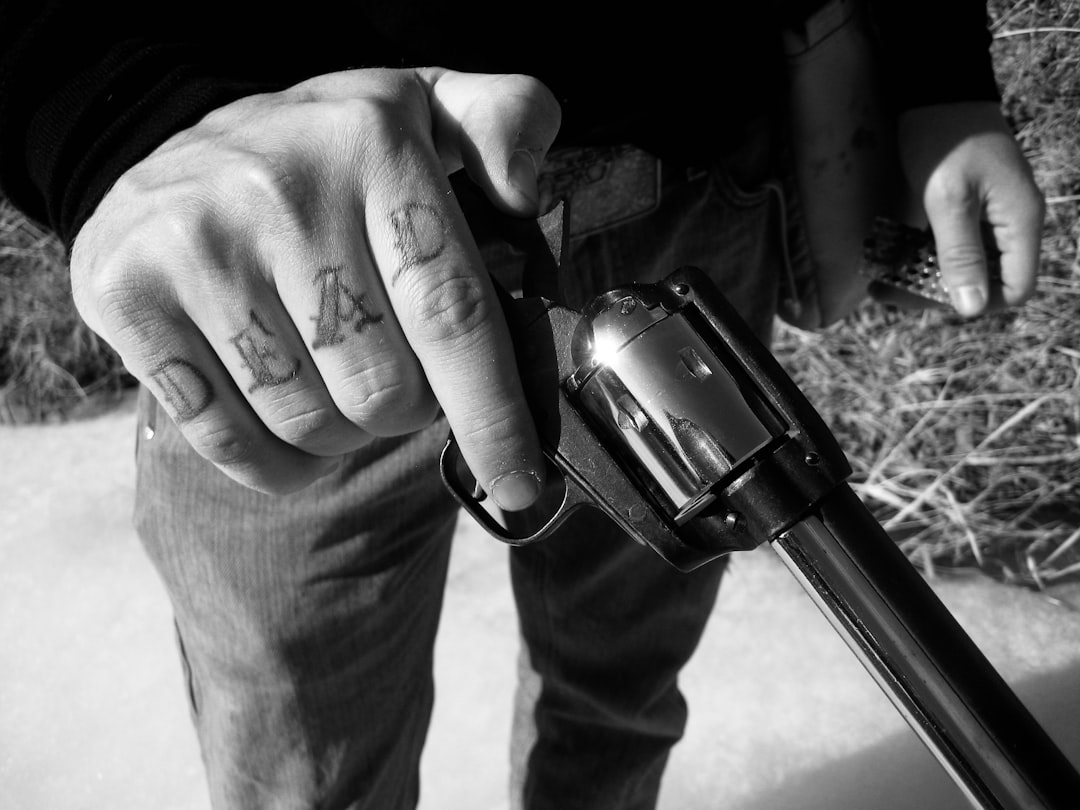What is it about?
There are multiple techniques used to produce plasmonic NP films - NPs can be directly patterned on surfaces using e-beam lithography; deposited through a plastic microsphere film; a thin (sub-percolation) layer of metal can be deposited and then thermally annealed, with de-wetting producing individual particles. The studies above all used this latter, deposition and annealing technique, producing Au nano-islands. Solution-phase synthesis of particles offers fine control over particle shape and size, and they can then be deposited on a surface. However, when that surface is dried, particles tend to aggregate, producing undesirable clusters and assemblies. In this study, led by my colleague Yulia Chaikin, we developed a sol-gel technique to stabilize solution-deposited Ag or Au NP films, preserving their morphology as individual particles. The technique coats the particles in a thin (3.0-3.5 nm) film of silica, which stabilizes them, and also protects them from corrosion (relevant for Ag). The coating is thin enough to allow sensing applications, as the decay length of the particles is significantly longer.
Featured Image
Read the Original
This page is a summary of: Stabilization of Metal Nanoparticle Films on Glass Surfaces Using Ultrathin Silica Coating, Analytical Chemistry, October 2013, American Chemical Society (ACS),
DOI: 10.1021/ac402020u.
You can read the full text:
Contributors
The following have contributed to this page










